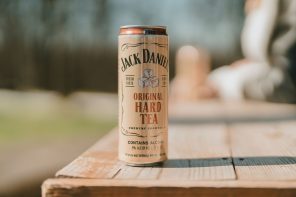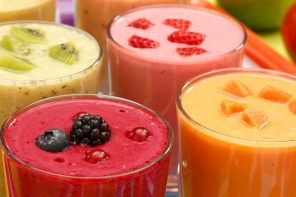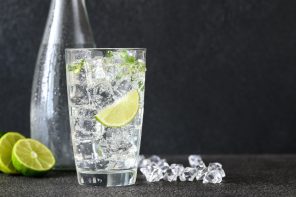Nobilo winemaker Dave Edmonds has spent the past 15 years unlocking the possibilities of Marlborough Sauvignon Blanc. Located on the north end of New Zealand’s South Island, each of Marlborough’s six sub-regions have distinct characteristics from number of windy days to soil types. This maritime climate can’t be replicated anywhere in the world, and neither can Sauvignon Blanc that’s distinctively Marlborough.
For Nobilo, Edmonds said, each vintage is carefully blended from the sub-regions to ensure quality and consistency, year after year.
Although fruit for Nobilo is primarily selected from vineyards in Marlborough’s Wairau Valley, which provide layers of tropical fruit, a smaller portion from vineyards in the Awatere Valley provide balance with citrus-driven, fresh, crisp, and vibrant flavours.
Curious about blending your own wine? Edmonds has some tips on how to get started.
What you’ll need:
- A vessel: Expect about 50ml per taste.
- Wine: Decide which wines you are looking to blend. Generally, these would be various subregions from the same region or blocks that have been kept separate through fermentation.
- Pen and paper for note taking
- Measuring cylinder
- Wine glasses
Step 1: Before you begin tasting and blending, have an idea about what you are aiming to create. Think about the aromas and flavours you want to capture.
Step 2: Taste the wines in your sample set and understand the characteristics that each one has to offer.
Step 3: You’re ready for aromatics. Which aromas do you want to be more dominant and which as a background to frame up the overall nose? Are you looking for citrus, such as pink grapefruit, or something more tropical, like mango?
Step 4: Next, consider the palate. Is this a bright, fresh and crisp style of wine, intended to stand on its own? Or is this a wine that’s food-friendly and can battle with the dishes that you want to eat? Think about the weight. Do the components in your blend bring a certain mouth filling and presence on the palate?
Step 5: Refer to your sample set of wines and identify the components that you are looking for.
Step 6: It’s time to start using your cylinder and begin blending percentages, and prepare to be surprised. Edmonds said he experiments with different percentages of flavours in his blends to see how it adds up in the glass. It can be quite astonishing as to how it translates from the percentages on paper to what’s in the glass.
Step 7: Keep well-documented notes. By keeping notes, you can replicate your blend in the future or create a completely different style with the same sample set.
Edmonds offered a final word of advice: “Don’t be overtaken by aromatics. It’s our natural tendency to adjust blending based on aromas, so have a firm idea of what you’re looking for on the palate. In Marlborough, the Southern Valleys delivers palate weight, just as the Awatere or Blind River delivers a zesty citrus concentration.”
“Through a simple blending exercise, you too can unlock the possibilities of individual parcels, subregions, or your sample sets.”






